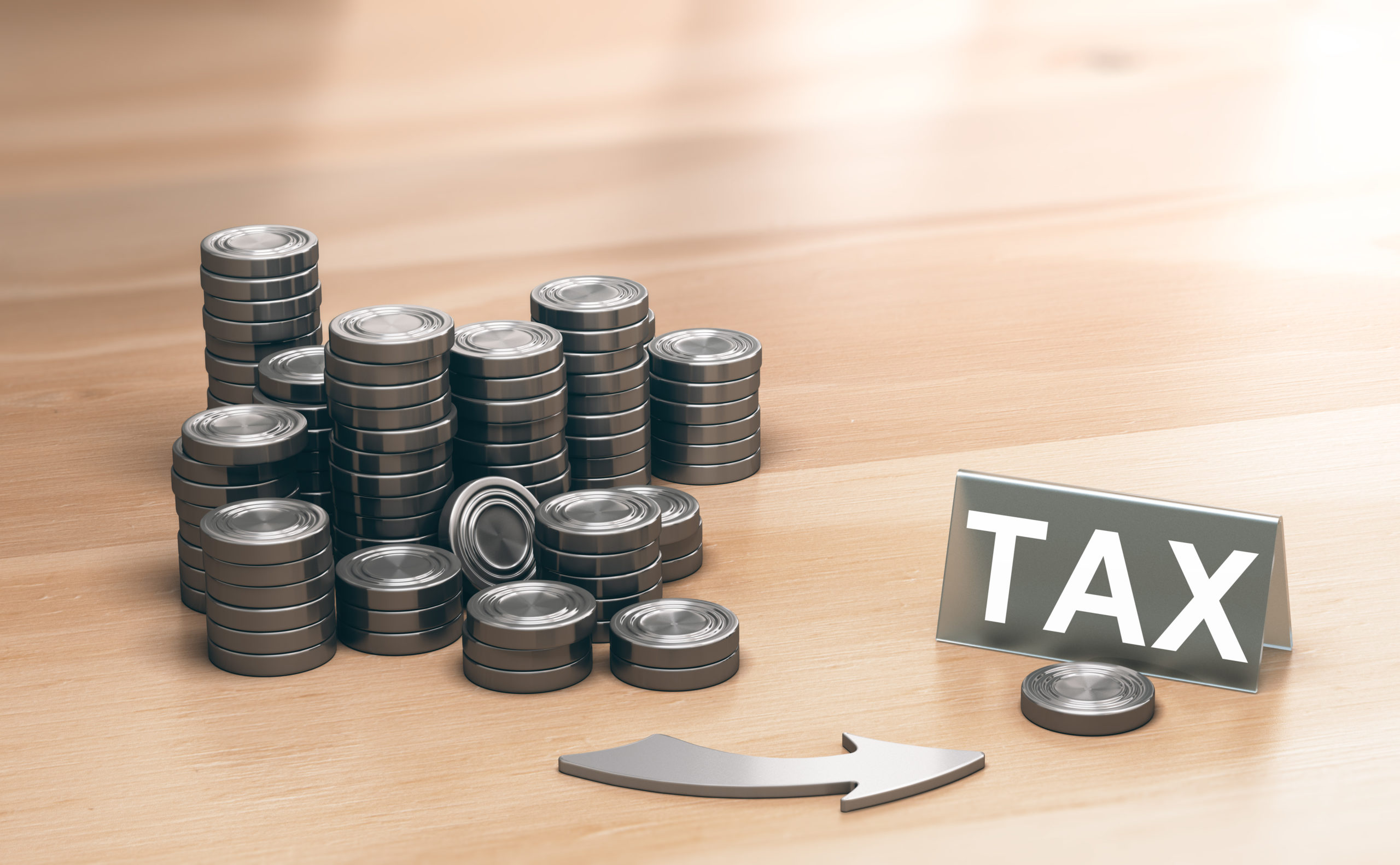Contrary to popular belief, the IRS Research and Development (R&D) tax credit is available to businesses of all types and sizes, from startup companies to limited liability companies. This tax credit offers a great way for businesses to reduce their tax liability. Take a look at the specifics of the R&D tax credit and how your business may be able to qualify for it on your upcoming tax return.
What’s the R&D Tax Credit?


The research and development tax credit was created as an incentive for innovative research and development activities across the United States. The passage of the 2015 Protecting Americans From Tax Hikes (PATH) Act made the R&D tax credit permanent, which modified the benefit for small businesses and made the tax credit available to startups. It’s not difficult for businesses to qualify for the tax credit as long as your business activities work to improve products or processes in the U.S.
There are several types of qualifying R&D activities that businesses undergo that can be claimed. Earning money back on every dollar spent on qualified research can put a lot of money back into your business operations. Both the federal government and state governments offer R&D tax credits at varying rates. The best way to determine the amount of the credit you can claim is to use an R&D tax calculator.
Qualified Research and Development


There are two broad categories of qualified R&D expenditures that a business can claim toward the R&D tax credit. Qualified research activities (QRAs), qualified research expenses (QREs), and basic research payments (BRPs) are considered eligible expenses. Examples of qualified R&D expenses include the master plans or building systems designed by an architecture firm, the software used by a tech company to design and create cloud-based IT solutions, and the second-generation products developed by manufacturers. Other examples of eligible expenses include developing and designing new products, enhancing existing products or processes, and developing or improving existing prototypes and software.
The best way to understand the R&D tax credit and your eligibility is to consult a tax advisory company like BLVD Marketing. They offer comprehensive advice to help businesses understand their eligibility for various tax credits at both the federal and state level. R&D tax credits are government incentives that foster investment in innovation. R&D tax credits can be earned on several business components such as products, computer software, processes, techniques, and inventions that improve functionality, reliability, performance, or quality.
Businesses can qualify for the federal R&D tax credit if they devote time and resources to the creation of new and innovative products, the enhancement of existing products, the hiring of skilled workers for the R&D process, or the development of patents, new processes, or software. These tax credits are retroactive, which means a business can claim R&D credits for the previous three open tax years. Tax incentives help businesses invest in innovation and improvement, which helps gain a competitive edge and a greater market share and profits.
There’s no limit on the amount of credit or qualified R&D expenses that can be claimed each tax year. If a business can’t use the federal R&D credit immediately, the remaining credits roll over for up to 20 years, depending on the state R&D credit.
Claiming the R&D Tax Credit


The IRS requires documentation to support your claim for the R&D tax credit. It’s important to thoroughly document all R&D activities so you can determine how much was spent on qualified research activities. Taxpayers should keep documentation of payroll records for all workers involved in R&D; all expenses, receipts, and accounts for the resources related to R&D; the contracts and invoices paid to third-party partners involved in R&D; any blueprints, patents, designs, and prototypes related to research and development activities; and all project and meeting notes related to research activities. It’s a good idea to work with a CPA or tax preparer to ensure you have all the necessary documentation to claim the maximum amount of credit possible.
With tax season around the corner, it’s a good idea to understand all the tax incentives your business can benefit from.







